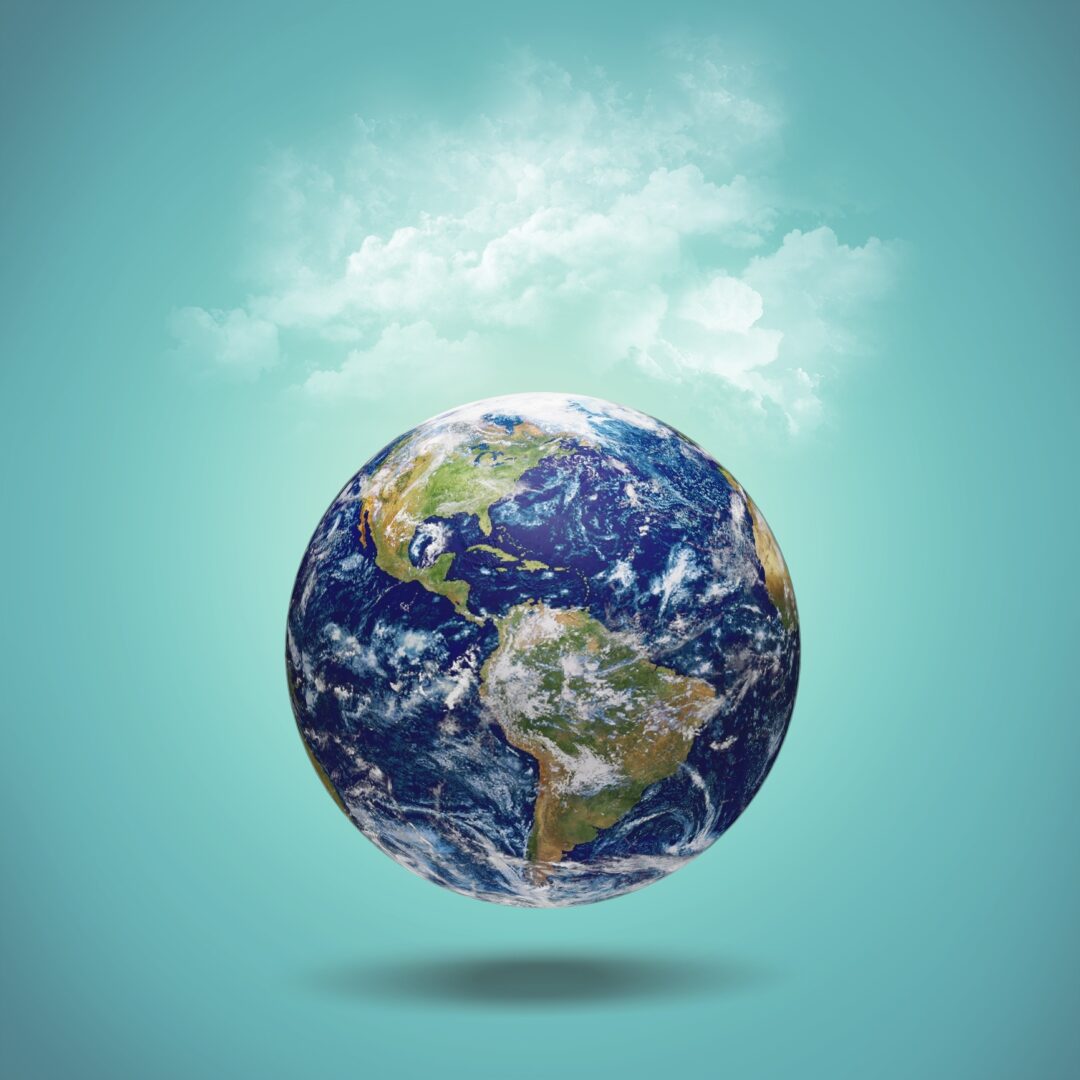The good news: Twonew studiesinGeophysical Research Lettersfind that nitrogen dioxide pollution over northern China, Western Europe, and the U.S. has decreased by as much as 60% in early 2020 as compared to the same time last year. Nitrogen dioxide is typically emitted from vehicles, power plants, and industrial activities. Additionally, according to a press release,one of the studiesfound that particulate matter pollution has decreased by 35% in northern China—that's a positive for public health, as particulate matter is composed of solid particles and liquid droplets small enough to penetrate the lungs and cause damage. This drop in emissions is unprecedented since air quality monitoring from satellites began in the 1990s, according to the release.
However, the drop in nitrogen dioxide pollution has caused an increase in surface ozone levels in China,one of the two studies found. Ozone is harmful to humans at ground-level, contributing to pulmonary and heart disease. Surface ozone can be destroyed by nitrogen oxides, so as nitrogen dioxide pollution decreases, surface ozone levels can increase, caused by complex reactions involving nitrogen dioxide and volatile organic compounds emitted by a variety of household and industrial products. Ozone levels can also be affected by weather conditions and other factors, the release notes.
More bad news: The drop is not enough, and some experts suggest it could be followed by even higher emissions growth than before the pandemic.
Reutersreports that the World Meteorological Organization (WMO) is expecting a 6% drop in carbon emissions, but that isn’t enough to get the world back on track to meet the target of the 2015 Paris Agreement, which would require at least a 7% annual drop in emissions.
WMO’s Secretary General Petteri Taalas told Reuters: “This drop in emissions by 6%, that’s unfortunately short-term good news. In the most likely case we will easily go back to normal next year, and there might even be a boost in emissions because some industries have been stopped.”
National Geographicnotes that, along those lines, emissions are already rebounding in China as factories reopen. The magazine quoted Andrea Dutton, a climate scientist at the University of Wisconsin-Madison, as saying: “In terms of direct, physical impacts, yes we’re seeing a slowdown in some emissions. But of course, what really matters is cumulative emissions. If it’s short-lived, it’s not really touching the tip of the iceberg.”
The reason for that, as noted by Reuters: Carbon dioxide remains in the air for centuries, so drops in emissions do not immediately impact climate.
Another issue: What’sdrivingthis drop—specifically, all the driving people have stopped doing. Rather than a drop in manufacturing or shipping, as is usual in an economic recession, Scientific Americannotes that “record declines in surface transportation” are behind these emission reductions, with traffic down 54% in the United Kingdom, 36% in the United States, and 19% in China, as of the article’s posting on April 24. Air travel, too, has dropped—it was down 40% in the 12 weeks after China reported its first 500 cases of COVID-19, and in Europe, nine out of every 10 flights have been grounded.
However, Scientific American points out, people are still buying—and they’re buying oil based products, specifically petrochemicals. Plastics used in auto manufacturing are down; plastics used for food packaging are up. This means that while people may not be driving, the International Energy Agency expects the world to consume 76.1 million barrels a day in the second quarter of the year. This number accounts for a drop of 11 million barrels daily in April and 10 million barrels daily in May.
Scientific American cites the Global Carbon Project, which found that in 2019, transportation accounted for about 20% of total emissions, with road transportation accounting for about half of that portion. So while transportation has slowed—causing that drop in oil consumption—as long as everything else is still running on oil, the world will still consume 76.1 million barrels per day. Thus, Scientific American notes: “The numbers illustrate just how intertwined oil is with the global economy. Cars and planes can be parked en masse, and yet widespread oil consumption continues.”
So as good as a drop in emissions is, it’s not much to cheer. National Geographic’s forecast: “Emissions couldcome roaring backif nations lean heavily on old, dirty energy sources, likehistorically cheap oil, to rebuild their economies. The Trump administration’s decision to finalize itsrollback of fuel economy standardsthis week, along with the recent economic stimulus bill’s$50-billion bailoutfor the airline industry, suggests that for now, the U.S. government at least is not seeking to reduce fossil fuel use in its post-coronavirus future… Under different leadership, that could change. As many expertshavenotedin recent weeks, strong governmental support for clean energy—through, say, renewable power and electric vehicle tax credits, investments in low-carbon infrastructure, and building efficiency—could tilt economies in a greener, more climate-friendly direction in the wake of the pandemic.”










